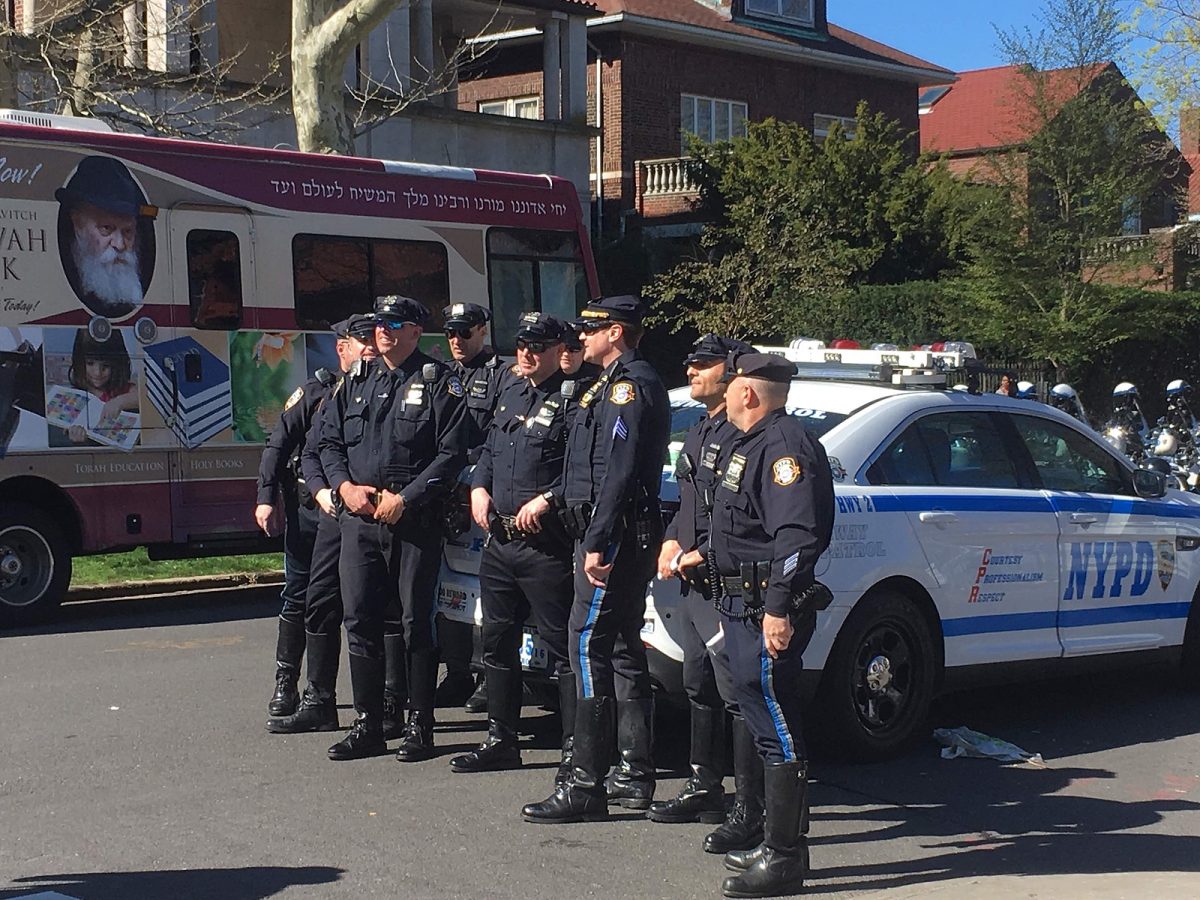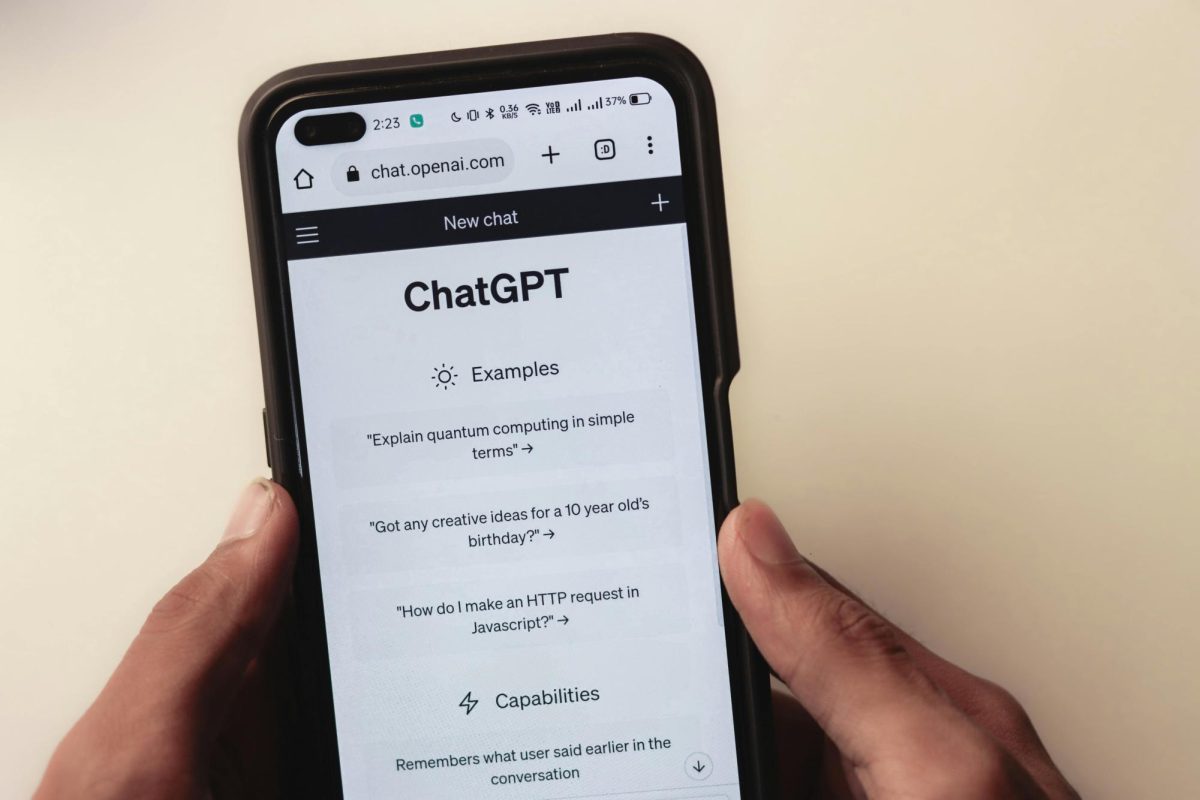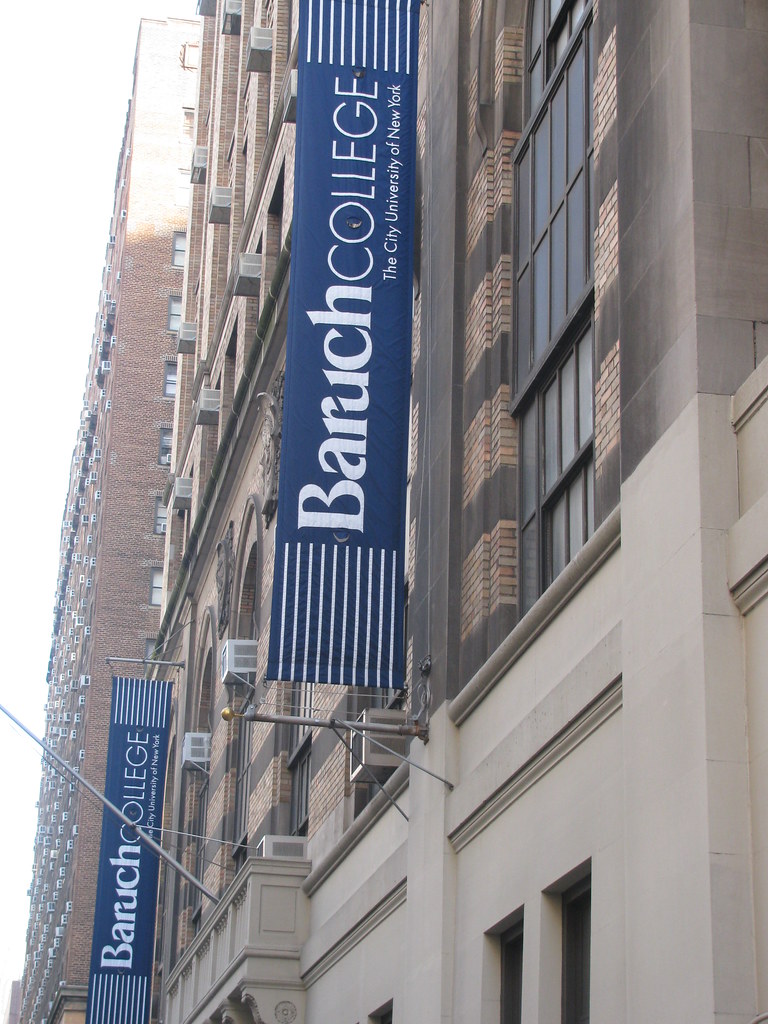Every election in this country, sans the presidential race, is decided by popular vote. Whichever candidate receives the most votes by the country’s population is sworn in. Whether it be a small-town mayor, a governor or a member of Congress, the people always choose. But not in the presidential election.
The presidential election is determined by the Electoral College. What the Electoral College is, however, is wildly confusing and quite convoluted. This is where the general election comes into play.
The primary election is not simply a preliminary, test vote. Rather, however a respective state votes in the primary election constitutes who is the nominated elector. Whichever party wins the popular vote in the primary election nominates the electors, who will then ultimately decide the president in the general election.
Therefore, the primary election leads to a choice of electors, which leads to the general election being decided by said electors who vote on behalf of how the state votes as a whole. It’s confusing and, frankly, muddled with jargon and bureaucracy. It’s no wonder that there have been over 700 proposed amendments to abolish the Electoral College, all of which have failed.
To this day, there continue to be pushes to change the presidential election away from the Electoral College decision. Pew Research Center’s most recent data reported that 63% of people want to do away with the Electoral College while a mere 35% want to maintain it. When this statistic is broken down by political party, however, the numbers become quite polarizing. 80% of Democratic voters want to do away with the Electoral College, while 53% of Republican voters would like to keep it in place.
Frankly, the Electoral College allows presidential candidates to focus on the key six to 10 states and ignore the rest. But for this to change, for the popular vote to decide a president, the Constitution will have to be partially rewritten and who knows if that’s in America’s near-future cards.








